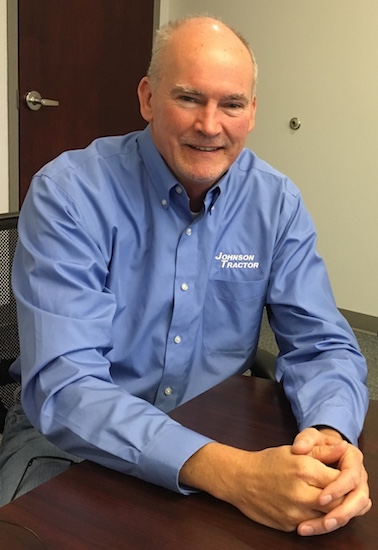Editor’s Note: Retired Dealer Executive Leo Johnson of Johnson Tractor has long held a contrarian view to what the major lines preach about parts and service’s answer to ag recessions; that the aftermarket business will rise even when new wholegoods sales fall. His views have been covered previously in Farm Equipment, including “The Myth of Absorption Rate: Johnson Tractor's Not Buying It” and “Is Absorption Rate All It's Cracked Up to Be?” and The Importance of Absorption Rate Is Up for Debate: As the debate recirculated in the fall of 2024, Farm Equipment went back to Johnson for an update, and what follows is his answer as of December 18, 2024.
In my 40-plus years of running a farm equipment dealership, I never got too excited about “absorption” as a financial metric to pay attention to. I’m not saying that absorption is not important as a concept, but the stores under my leadership put their focus on other metrics. Starting out in 1978 in a very small International Harvester (IH) dealership in a very small town – in a county that had 3 other IH dealers plus 10 dealers of other colors – I was not exactly working in a finely-honed business with great opportunities.
My first financial metric was: Can I make payroll this week?
As I moved into the 1980s my next metric was: Between my suppliers, my customers, and myself, who was going to still be in business by the end of the year?
Fortunately, by the 1990s I was finally getting my footing on solid ground. My new metric was all about the bottom line. I didn’t really think in terms of return on sales as a percentage. I thought in terms of how many zeros I can put on our net income figure. Wholegoods sales were better, and I did focus on maintaining or increasing gross margin. We established a reasonable service retail rate (of course calling around to see what everyone else was charging). And parts were parts. We kept everyone busy, zero layoffs, little or no debt and life was good.
As we moved into the next century, life was good but getting more complicated. Dealer standards, supplier and dealership consolidations, market share calculations, volume bonus importance, and higher sales volumes all added more variables to my daily chores. While I had a few bumps in the road with parts and service, we generally did whatever we had to do to keep our customers satisfied, but we didn’t proactively look for more aftermarket business. Most of the headaches I encountered as dealer-principal were related to service. Why would I want more service business?
By 2010, with a couple more dealerships under our belt, it started to dawn on me the importance and profitability of parts and service and how it helped our cash flow in slow sales months. I still didn’t measure absorption, but you can bet I was paying attention to the contribution that parts and service departments were making to pay our increased overhead.
Since my brother, Eric, and I were the main salesmen, it never dawned on me that our wholegoods department wouldn’t be able to pay our departmental costs plus our share of overhead. We worked 70 hours a week to try to get every deal we possibly could. If we were having a bad month, we’d buckle down and make something happen to turn it around.
Fast forward to today. Dealerships are substantially larger from consolidations, including my family’s. It’s impossible to have a sales force as dedicated as my brother and I were a few decades ago. Dealership success is built on parts and service today, not on dealer-principals working to make deals 70 hours per week.
Is dealership absorption important today? Bet your ass it is.
Can you wave your magic wand and become fully absorbed? No way. It takes years of doing all the little things in parts and service right to have a high absorption.
In a year like 2024 and probably 2025, you better have a good parts and service business to be profitable. The other option is, as dealer-principal, to work 70 hours per week trying to make deals to turn it around. Good luck with that.






